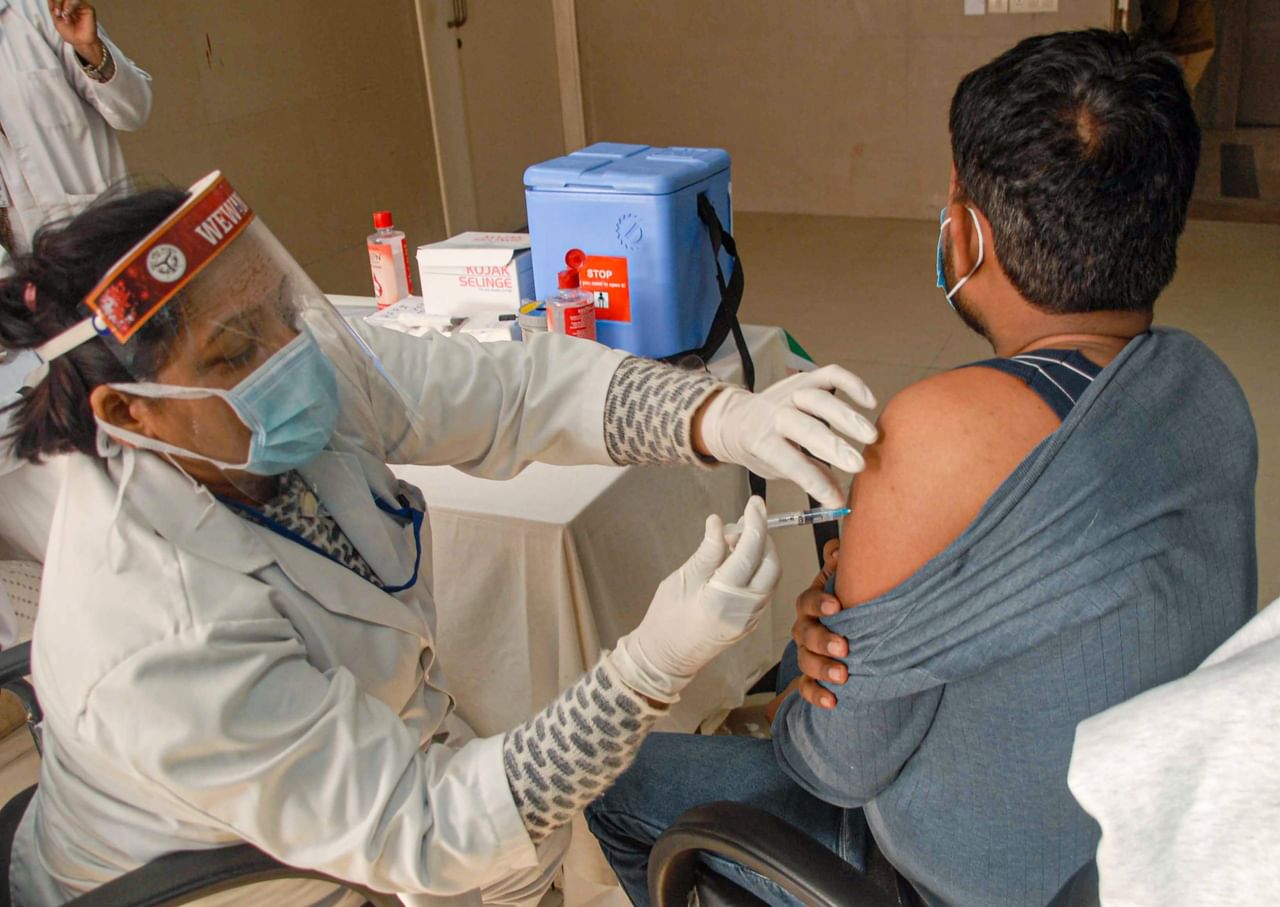Experts recommend scaling up capacity with private providers to contain 2nd COVID wave
The private sector needs to come forward and participate in the vaccination drive, says Dr VK Paul, Member NITI Aayog (Health)

New Delhi: As India begins vaccinating people above the age of 45 against COVID-19 from April 1, experts have recommended speeding up the drive by scaling up capacity in collaboration with private providers to contain the rapidly increasing second wave.
India is facing an increasingly severe and intensive situation in some districts, but the entire country is potentially at risk, the Centre said on March 30.
“All efforts to contain the virus and save lives should be taken,” Dr VK Paul, Member NITI Aayog (Health) told reporters on March 30. Dr Paul heads the National Expert Group on Vaccine Administration for COVID-19 and is a core member of the Centre’s COVID-19 response team.
“The private sector needs to come forward and participate in the vaccination drive. We were told there are 20,000 private vaccination centres in the country. But less than 6,000 vaccination centres are being run by the private sector in India. We request the private sector to make the remaining vaccination centres functional and increase their number,” he said.
In the wake of the surging new cases, the Centre may be forced to recalibrate its vaccine diplomacy, Dr Girdhar Gyani, Secretary General, Association of Healthcare Providers- India (AHPI) said. There should be lesser exports till the time the Indian situation stabilises, he said.
“The government shall not take such a big chance at the moment as our country needs to be vaccinated at utmost priority.
“The private sector has created world-class systems and integrating continuous learnings on this. Hence we have urged the government to ramp up the vaccination strategy by leveraging the private sector’s full strength and also urge the people of India to practice basic hygiene,” said Dr Gyani.
In India, the cases peaked in September after which they started declining and the per day cases were less than 9,000 in early February. The numbers started increasing exponentially again in March.
Rajneesh Bhandari, Founder NeuroEquilibrium, said, “In India, our air-conditioning and cooling start during the summers and people stay and work in closed spaces. Thus, as the temperature increases, we are seeing the number of COVID cases increasing. COVID-19 has not spread much in rural areas because people are not living or working in closed spaces. However, the drive needs scale with the help of private providers.”
Bhandari said the spread of coronavirus is a very complex phenomenon, and science is still grappling with the multiplicity of parameters.
“Some parameters that may influence the spread include social distancing, proper use of masks, virus variants, temperature, humidity, vaccination, etc. Various studies have found an inverse correlation between temperature and the daily number of cases.
“One US study estimates that every one-degree increase in minimum temperature leads to a decrease in the cumulative number of cases by 0.86,” added Bhandari. The second wave of COVID-19 in Europe and the US was much more severe than the first wave and peaked during winters when people stayed closed doors, he said.